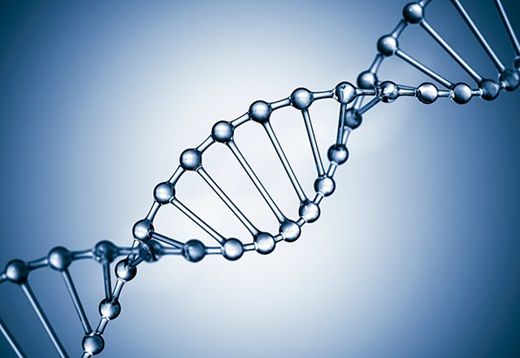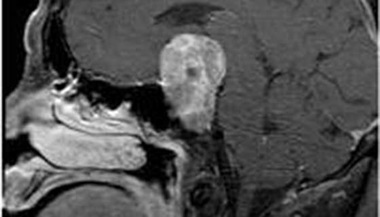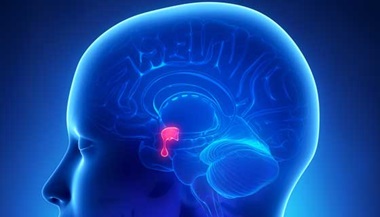Brain Tumors: What Can DNA Tell Us?

Brain cancers, like other malignancies, are categorized by the kinds of cells that spawn them. Brain tumors called gliomas arise from glial cells. Gliomas can be dangerous: The glioblastoma is the most feared brain tumor, with a tendency toward rapid growth, spread and recurrence.
The investigators focused on lower-grade gliomas, which are neither benign nor the most aggressive.
The new research indicates that although these gliomas form from the same kinds of brain cells, their DNA aren’t always alike, and that tumors can be further classified on a genetic basis.
Chetan Bettegowda, M.D., of the Johns Hopkins Comprehensive Brain Tumor Center specializes in treating patients with glioma and other brain cancers. He is familiar with the NEJM studies and notes that the work offers insight into genetic dynamics of how gliomas form.
“These landmark studies show that lower-grade gliomas are heterogeneous and can be grouped into categories beyond those traditionally assigned by pathologists. Understanding these tumors involves more than identifying the characteristics of the cells — we must identify their genetics as well,” Bettegowda says.
The good news: “More and more companies and organizations are offering tests to analyze individual tumors, and these results can be sent back to physicians,” he says.
Bettegowda acknowledges that glioma can be a frightening diagnosis. “The patient’s first question is always: ‘What is the prognosis?’ We have to look at thousands of patients to see a trend, but for any one individual, it’s impossible to say.
“It’s important to realize that this new research advances our understanding of the landscapes of these tumors and offers clues about different ways in which they can evolve, but it’s not a crystal ball.”
Building Stronger Brain Cell Connections | Science: Out of the Box
Johns Hopkins' neuroscientist Mollie Meffert explains how brain cells use microRNAs to grow new connections to "talk" to each other and store memories.






